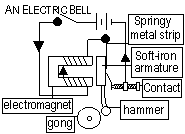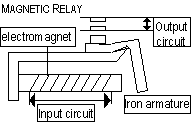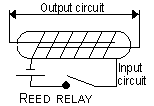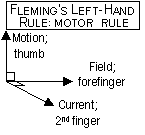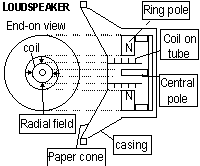



| SERIES CIRCUIT | PARALLEL CIRCUIT | |
|---|---|---|
| CURRENT | constant at every pt in circuit | = sum of current at separate branches |
| P.D. | p.d. across whole circuit = sum of p.d. in circuit | p.d. across whole circuit = p.d. across each brance |
| RESISTANCE | R = R1 + R2 + R3 | 1/R = 1/R1 + 1/R2 + 1/R3 |

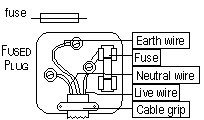
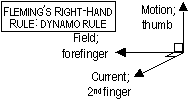



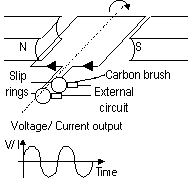
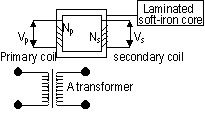
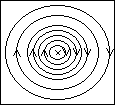 Magnetic field of a wire w/ current flowing into the paper (closer together nearer the wire)
Magnetic field of a wire w/ current flowing into the paper (closer together nearer the wire)